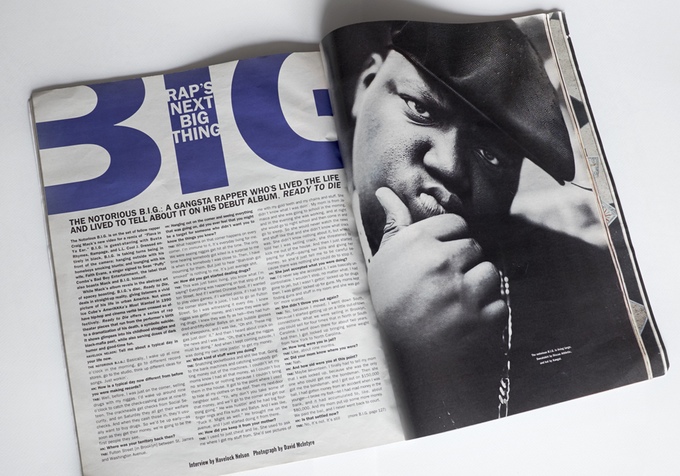Illustration by Ryan Call
In the beginning, music was exclusive. Music was limited to the instrument players and makers, and the audience for which they performed. That intimacy didn’t disappear when technology took music out of the venue and into the stereo, but rather developed in tow with the way that we consume music today. When music became the currency for a lucrative entertainment industry for example, intimacy became quantity and convenience. Spotify, Tidal, and Apple Music along with other streaming services offer upwards of 30 million songs for affordable and manageable music libraries. In a way, that intimacy couldn’t be further removed. However, because the product is the same for each company, the leader becomes who packages it best. These providers are in a unique position to bring back that intimacy between the artist and consumer, by not solely granting access to those 30 million, but by aiding the discovery of new music that is characterized by tastes and genres instead of sales and popularity.
The first generation iPod was released on October 23, 2001. Rhapsody, the first streaming service, was released on December 3, 2001, and Spotify not soon thereafter in 2006. But before streaming could stake its claim back then, Digital Rights Management and the sale of individual songs prevailed. Music distributors used Digital Rights Management software to make sure that purchased files aren’t duplicated or shared. Apple turned away from DRM in 2007, along with much of the industry, because it was about as effective at preventing piracy as laws that “prevent” cannabis consumption. So, in a way, everyone decriminalized. Music was a bit easier to get your hands on, smartphones had the capacity to hold hundreds of hours of songs and counting, and artists were fueling it all with release after release. It was a perfect storm. The variables aligned and streaming took off. So when we look at the environment today, it’s no surprise that we see mega-companies like Apple or moguls like Jay-Z jumping on the bandwagon.
Theoretically, streaming could foster the way we respect music as an art form, instead of as the inflated currency it is becoming. However, there are still many developments that need to be made to the model in order for it to grow into a sustainable and fair service for consumers and artists alike. Controversy and main motivation behind Tidal's service surrounds artists' rights to revenue from streaming. As more people turn to streaming and away from traditional music vendors, artists need more clear cut guidelines and rules that will allow them to continue practicing and mastering their craft. Taylor Swift wrote an open letter to Apple Music on June 21 describing she would be withholding her 1989 album from the streaming service on the count of Apple offering zero payment to rights owners during a three-month free trial. Her influence moved an Apple VP, Eddy Cue, to Tweet Swift the following day, "#Apple Music will pay artist for streaming, even during customer's free trial period" and brown-nosed saying, "When I woke up this morning and saw that Taylor had written, it really solidified the we needed a change." Credit 1989's $5 million worth in album sales punching Apple in the face. It is unfortunate the thought of losing Swift's suburban fanbase made Apple do the right thing. Music streaming has been unfair to artists since it revolutionized the industry. According to The Guardian, per stream signed artists receive 20%, distributors receive 25%, and the label receives 55% of the average $0.006 to $0.0084 payout from Spotify, compensating artists one-tenth of a percent per stream. Jay Z's Tidal birthed from a righteous idea of being the first artist-owned streaming company, offering the highest royalty payout to artists. A statement the company can stand behind, paying 75% of its $0.0072 royalty payout to artists. But, there is no sense talking numbers because at the end of the day streaming services exploit artists. Taylor Swift's actions spurred The-Dream, writer-producer of Grammy Award winning songs like "Single Ladies" and "No Church in the Wild", to honestly note the following about Taylor's action:
“If I took my records off of Spotify, it would affect the people who listen to my music for free and may not have the means otherwise. Taylor Swift fans probably have the means to go and buy a Taylor Swift record. [...] If you got a hit and you’re white, there are no limits to what you can do. If you’re black and you have a hit today but can’t do it again tomorrow, then your ass is out of here…We can’t say no to radio, we can’t say no to Spotify, and we can’t have a concert because nobody will come. And the whole time, everybody is taking from our culture to enhance the pop side of things...There are urban artists and then there are pop artists, and urban artists get things taken from them. We create the swag, and everybody knows it.”
The-Dream makes a very valid point, and as much as race isn't a part of streaming, it is. The financial means of consumers of different demographics directly correlates with which services they are using to purchase music, and therefore where and how much money is given back to the artist. However, streaming is in the middle of a policy overhaul that will support the artists. Apple music is on board because of Taylor, Tidal is on board because of Jay-Z. Times are changing, and will continue to do so as more pressure is put on these companies to put more money back into the artistry.





